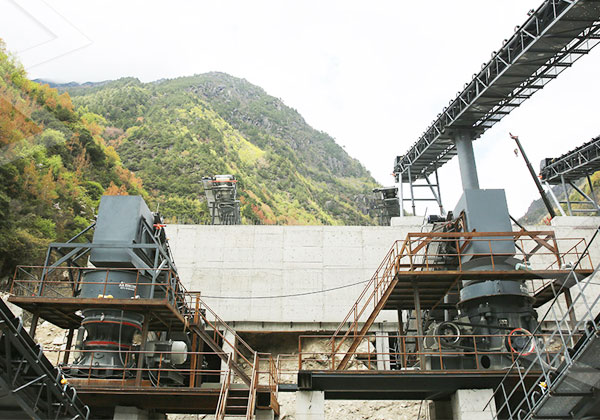A raw material crusher plays a crucial role in the efficient production of cement. This equipment is a key component in the process of turning raw materials into the final product. In the cement manufacturing process, several raw materials are used, including limestone, clay, shale, iron ore, and sand. These raw materials are typically extracted from quarries and mines, and the crusher is responsible for reducing their size to make them suitable for further processing in the cement kiln.
One of the primary raw materials used in cement production is limestone. Limestone is a sedimentary rock that contains a high percentage of calcium carbonate, which is the main component of cement. The raw material crusher is designed to break down large chunks of limestone into smaller, more manageable pieces. This initial size reduction is crucial because it increases the surface area of the material, making it easier to mix with other raw materials and facilitating the chemical reactions in the kiln.

The raw material crusher operates through a combination of compression and impact forces. Depending on the design, it may consist of a single crushing stage or multiple stages to achieve the desired size reduction. In a typical configuration, the crusher may have a primary stage for initial crushing and a secondary stage for further refinement. Various types of crushers, such as jaw crushers, gyratory crushers, impact crushers, and hammer crushers, can be used in this process, each with its specific advantages and limitations.
After the raw materials are crushed, they are transported to the next stage of the cement manufacturing process, which involves mixing them in precise proportions. The goal is to create a homogeneous raw meal that is fed into the cement kiln for the final step of production. The quality and consistency of the raw material mix have a direct impact on the quality of the cement produced.
Efficiency is a critical factor in the design of raw material crushers. Modern crushers are equipped with advanced technologies, such as computer-controlled systems and sensors, to optimize performance and energy consumption. This ensures that the crushing process is both cost-effective and environmentally sustainable. Additionally, safety features are integrated into the design to protect operators and maintain a safe working environment.
In conclusion, a raw material crusher is a fundamental component in the cement manufacturing process, responsible for reducing the size of raw materials like limestone before they undergo further processing in the kiln. The efficiency and design of these crushers play a vital role in the overall productivity and quality of the cement produced. Advances in technology continue to contribute to the evolution of raw material crushers, making them more efficient, reliable, and environmentally friendly in the pursuit of sustainable cement production.
